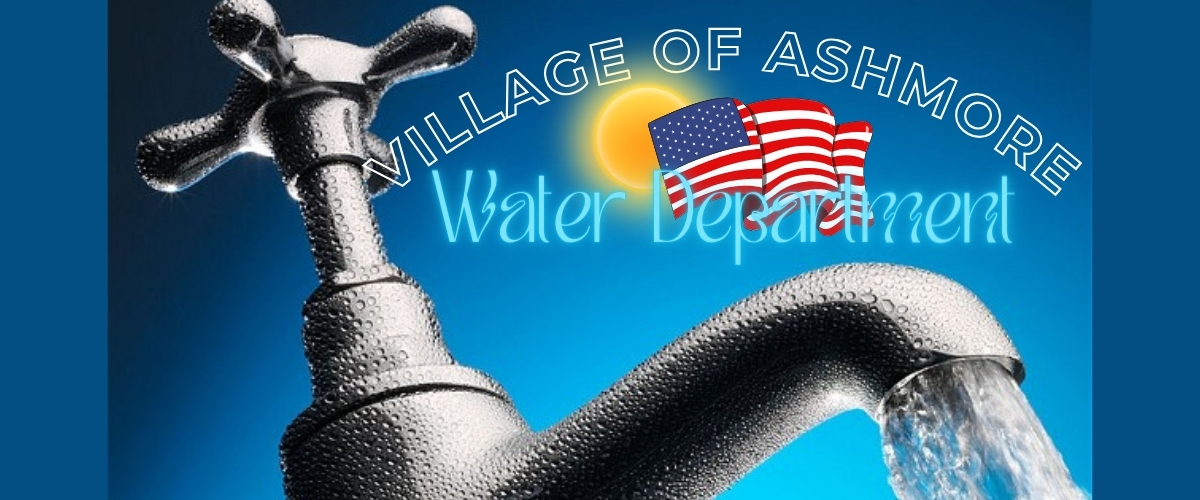Lead Service Line Inventory

The Illinois Environmental Protection Agency (IEPA) administers the Lead Service Line Inventory (LSLI) Program, a critical initiative aimed at identifying and replacing lead service lines in community water systems. Mandated by the Lead Service Line Replacement and Notification Act (Public Act 102-0613), all community water supplies in Illinois are required to submit a comprehensive inventory of their water service lines, detailing the materials used, by April 15, 2024.
Lead service lines, often found in older infrastructure, pose significant health risks, particularly to children and pregnant women. Even low levels of lead exposure can lead to developmental issues in children and various health problems in adults.
By participating in the LSLI Program, rural communities can ensure safer drinking water for their residents, protect public health, and comply with state regulations. This proactive approach not only addresses current health concerns but also invests in the long-term well-being of Illinois' rural populations.
Fortunately, administrators with the Village of Ashmore have been able to confirm that there are zero water lines in its water system that contain lead or lead traces. The LSLI spreadsheet below offers details about the lines within the village.
For additional information about the LSLI program, please visit:
- Illinois.gov press release: https://www.illinois.gov/news/press-release.31010.html
- Illinois.gov press release: https://www.illinois.gov/news/press-release.25973.html
- City of Rolling Meadow website: https://www.cityrm.org/935/Lead-Service-Line-Inventory-Program
What is Lead?
Lead is a naturally occurring metal that has been widely used in products like paint, pipes, and gasoline. While useful in industry, lead is toxic to humans, especially young children and pregnant women. Once it enters the body, lead can build up over time and cause serious health issues, including developmental delays, learning difficulties, and damage to the brain, kidneys, and nervous system.
People are most commonly exposed to lead through:
- Lead-based paint - In homes built before 1978, deteriorating paint is a major source of lead exposure—especially when it chips or turns to dust. Children are at higher risk because they often put their hands or toys in their mouths, which can be coated with lead dust.
- Lead pipes and plumbing - As drinking water flows through lead service lines or plumbing fixtures containing lead, lead can leach into the water supply, especially if the water is corrosive.
- Certain jobs or hobbies, such as construction, auto repair, or making stained glass, where lead-based materials are used.
Because lead has no safe level of exposure, identifying and removing lead sources—like old paint and service lines—is crucial for protecting public health.
Testing Your Water for Lead
Residents can arrange to have their water tested for lead, E. Coli, or any number of treatment chemicals or toxins by reaching out to area water testing facilities. The closest testing facility is the Charleston Water Lab, which can be reached at 217-345-2977. A full list of water testing facilities is available on the IEPA website (click here).
If you are concerned about lead in your water, contact your local county health department for more resources. Visit https://www.colesco.illinois.gov/cchd/ or call 217-348-0530 and choose the "Environmental Health" department.
You can also find contact information for testing your water for lead by calling the EPA's Safe Drinking Water Hotline at 800-726-4791.
Related Documents
Contact Info
Jacob Johnson
Ashmore Water Operator in Charge
PO Box 99; Ashmore, IL 61912
217-603-3030
[email protected]

